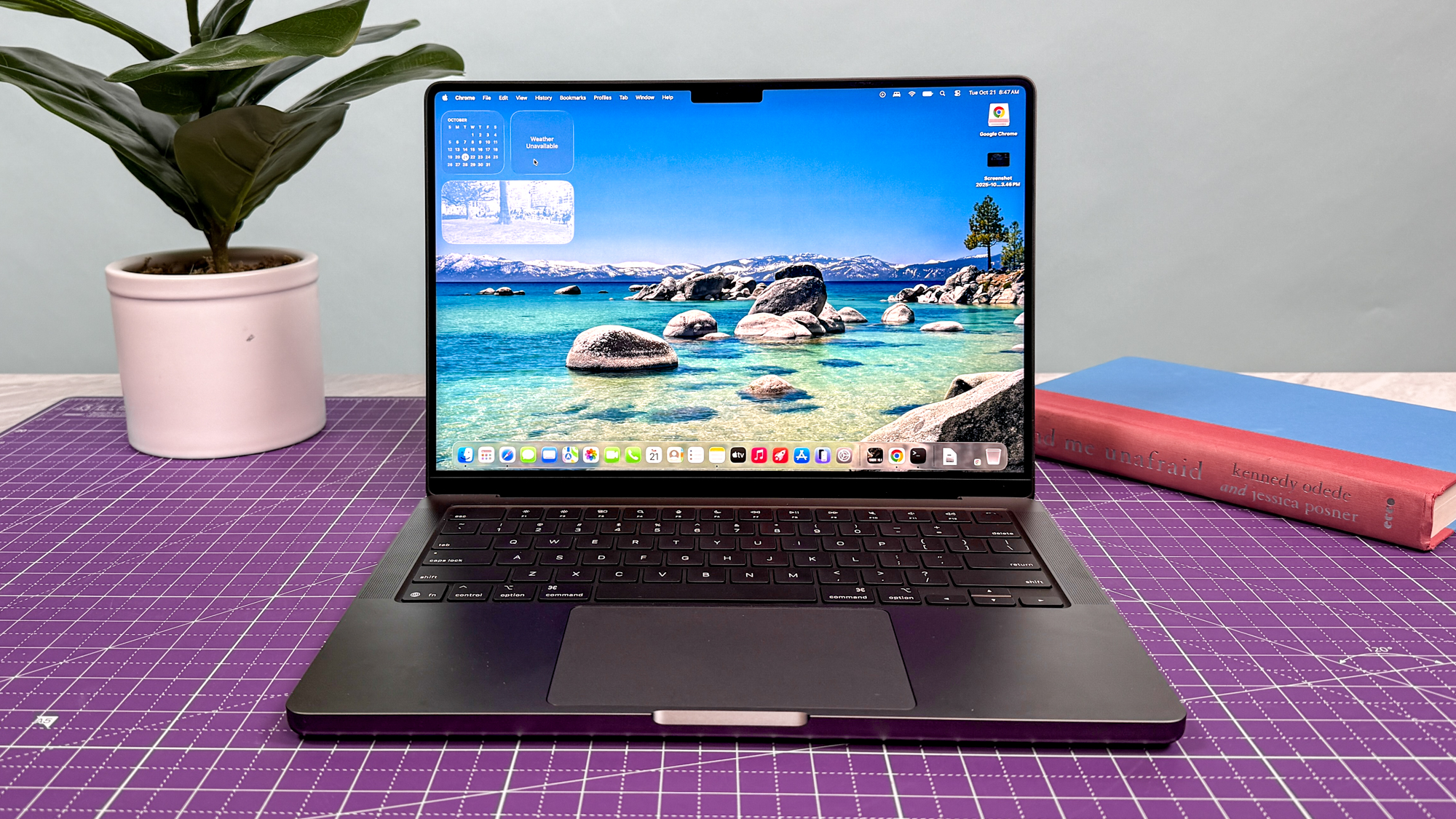Tom's Guide Verdict
The Nuheara IQbuds are excellent wireless earbuds that come with a slight learning curve.
Pros
- +
Good sound quality
- +
Solid connection
- +
Excellent audio filtering
- +
Long battery life
Cons
- -
High price
- -
Sensitive touch sensors
- -
Call quality fades outside
Why you can trust Tom's Guide
Truly wireless earbuds, such as Apple's AirPods, were just the first step into our new audio future. Enter the $299 Nuheara IQbuds, which rip the cords out and offer to let the world in via audio-filtration technology. This way, you can keep your earbuds in while you order a meal, as well as feel more aware of your surroundings when listening to music in a bustling neighborhood. But while the IQbuds offer solid sound, battery life and stability, their too-sensitive touch-sensors and high price take some of the novelty away from the experience.
Design and Case
Unlike most wireless earbuds, the Nuheara IQbuds don't make much of a visual statement. They don't drip down and hang out of your ear, like Apple's Airpods. The black-and-silver color palette is restrained, so they don't look like jewelry, unlike the Yevo Labs Yevo 1s, with their metallic-gold bands.

Each IQbud weighs 0.3 ounces, which is 50 percent heavier than a Yevo 1 earbud (0.2 ounces each). The IQs also small enough that they're difficult to find when dropped in public. As I crawled around a veteran's hall looking for a tiny black earbud, I was reminded why Apple wasn't wrong to sell the AirPods in white or include the Find My AirPod feature.
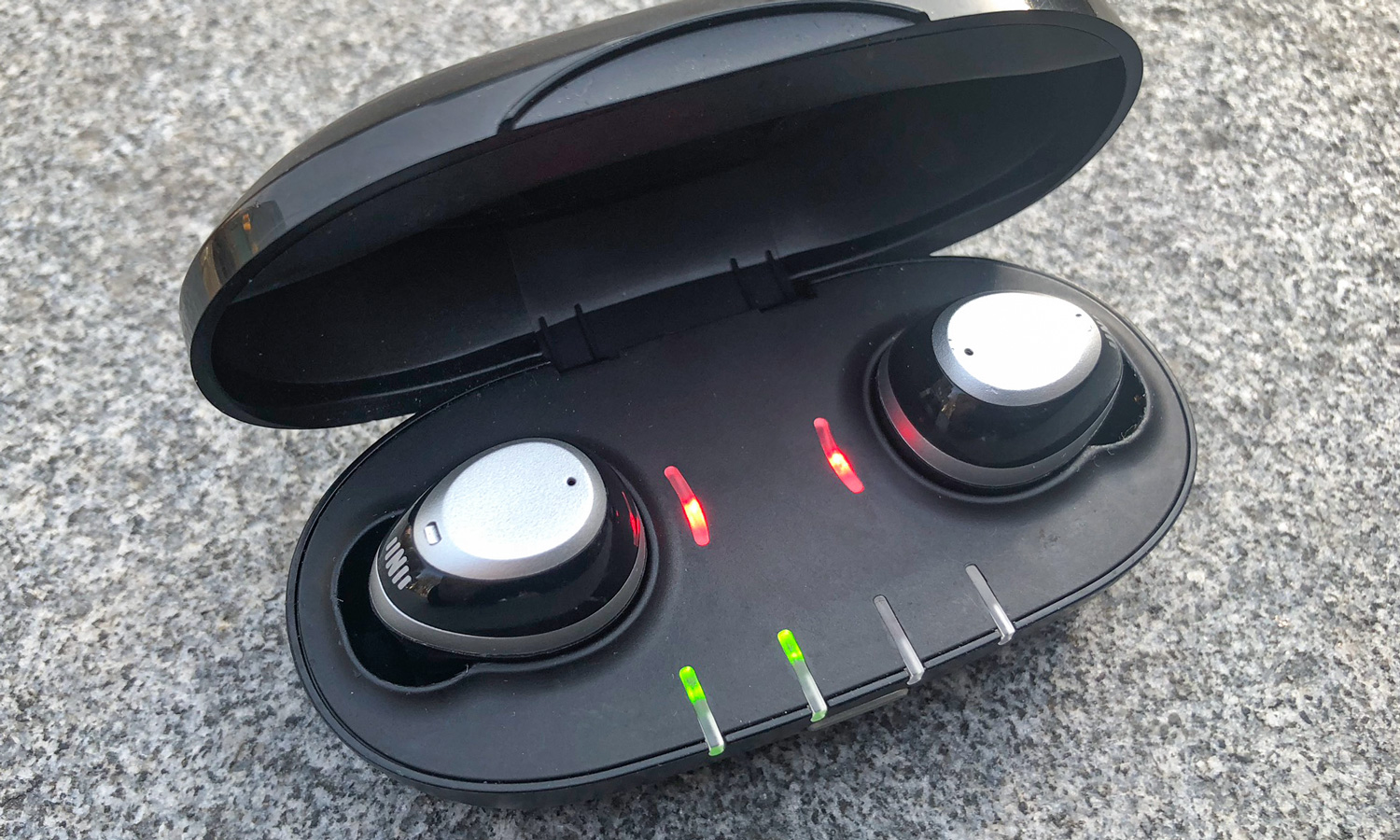
You charge the buds in a stout, 3.8 x 1.8 x 1.3-inch case that reminds me of a contact-lense storage case; it weighs 2.6 ounces on its own (3.2 ounces with the buds). The Yevo 1 case is a taller, but more slender, 4.4 x 1.1 x 1.0-inch rectangle that weighs 1.9 ounces without the buds (and 2.3 ounces with them). It's more stylish, resembling lipstick or a pocket vaporizer, depending on your point of view.
Over the time I spent testing the IQbuds, I noticed that their case (which I kept in my front pocket) scratched easily. That's not the biggest deal, though, as the case is more of a utilitarian accessory than the Yevo 1's fashionable carrier.
The IQbuds case charges via USB Mini, and the buds rest in place inside on proprietary connectors. Seating these buds feels a lot nicer than pushing the Yevo 1s into their case, which feels a little rough.
Comfort
The IQbuds felt wonderful in my ears, but I reached that point only after some testing. Originally, I thought I should be using the large tips, but soon they felt cumbersome and heavy. The medium-size tips were a much better fit, so much so, that I could barely feel them in my ears.
Get instant access to breaking news, the hottest reviews, great deals and helpful tips.
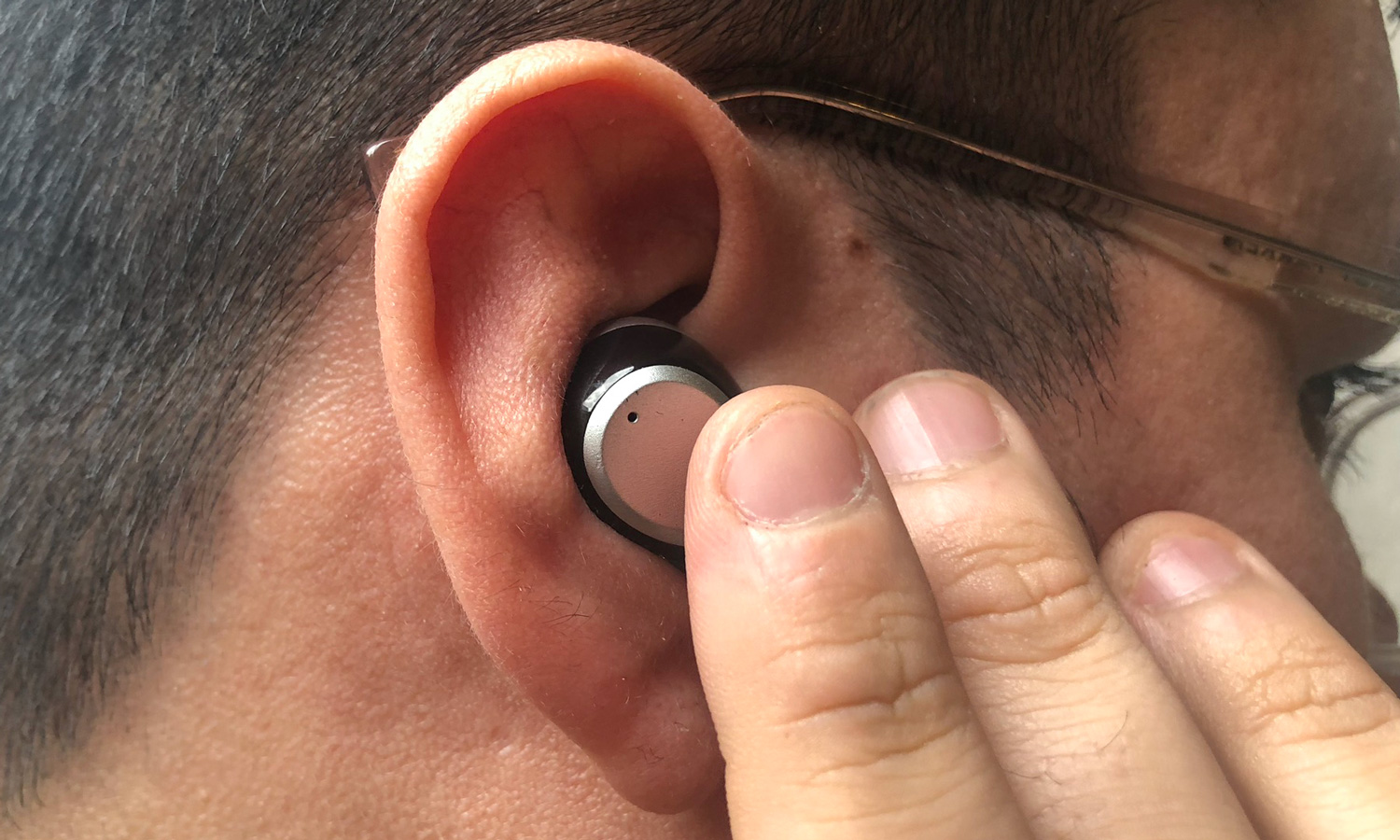
I found the IQbuds easy to place in my ears. You insert them tip-side down and secure them snugly by rotating them backwards from the top half. The Yevo 1s were harder to seat, requiring me to pay more attention to the angle at which I inserted them at.
The IQbuds come with eight pairs of rubber flange tips, in both circular and oval designs, and in small, medium, large and extra-large sizes. The Yevo 1s offer tips in those same sizes, with only circular tips.
MORE: Best Headphones 2018
Setup and Controls
I had no problem pairing the IQbuds to my phone. After placing them into my ears, I lightly pressed down on both buds' touch sensors for 5 seconds. Then, I heard a notification sound signifying that the buds were ready to pair and I selected the IQbuds in the Bluetooth settings on my phone.
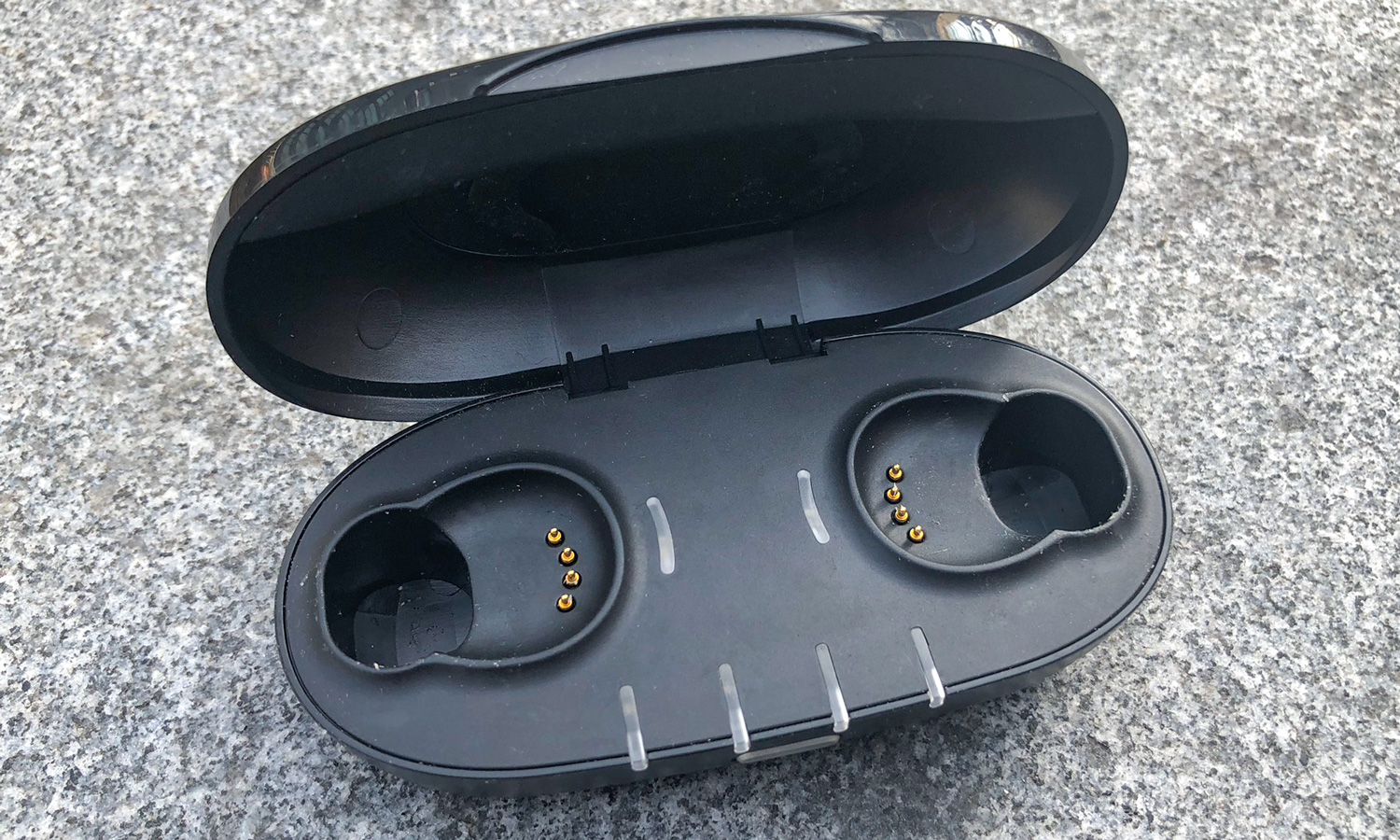
It's important that you press lightly during the pairing process, because each of the IQbuds features a world-audio receiving microphone right below the sensor. This creates a potential problem, as your finger will be near a live microphone that can send loud feedback directly into your ear. Normally, I'd have no issues with this, but trying to pair the buds while wearing gloves proved tricky.
A Nuheara representative said the company expects users to learn how to properly touch the sensors. The rep's prediction was right in my case, for the most part. After a few days of using the buds, I got in the habit of being very gentle, except during early morning hours when I was in a rush and wound up sending aggravating static noise into my ear canals.
Another habit I learned was placing the left bud into the left slot of the case, and the right into the right slot. This way, I would always place the buds in the correct ears. This is especially important, since each bud can have different integrated controls, and you don't want to activate Siri when you're trying to hit pause.

The IQbuds AppThe IQbuds app (free, on Android and iOS) allows an incredibly detailed level of fine-tuning for the augmented audio tricks. On its first tab (labeled World), you can adjust a dial to let in more or less sound in from the outside world, or (as I prefer) simply tap the World Off/On button to block out or let in ambient audio. Unless I was trying to speak to someone, I kept the IQbuds set to World Off mode.
Kristofer Maddigan's jazzy 'Sugarland Shimmy' sounded fantastic on the IQbuds, with sweet piano keys and vibrant horns, trumpets and drums.
A drop-down menu at the top of this screen allows you to select from among its many built-in presets, including Street, Home, Office, Restaurant and Plane. Even better, you can favorite audio profiles by tapping heart icons, making it possible to find those profiles by tapping on an IQbud. This limits the need to pull out your phone. I prefer to use Street and Restaurant so I can hear my surroundings when I'm navigating the busy city streets or when I need to make my lunch order.
The Personal Profile tab allows you to adjust levels based on your hearing, from 1 (low) to 5 (high). A Nuheara rep told me that he suggests that most people use the middle setting (3) to amplify audio to compensate for what Nuheara sees as the average individual's amount of hearing loss, as this option raises all levels, with treble going slightly higher than the bass and the mids.
You can select how each bud responds to single taps, long taps and double taps on the Tap Touch screen. Taps can pause or play music, skip or rewind one song, adjust volume, change audio profile, and toggle world audio coming in. The option to call up Siri, though, can take some getting used to, as the headphones then give you two response bleeps: one that your tap was received and the next to tell you that Siri's ready for you to speak. Siri works the same way with the Yevo 1.
MORE: 11 Cheap Headphones (Under $30), Ranked From Best To Worst
Augmented Audio
Even though the IQbuds do a great job of picking up audio around you, I found I couldn't wear them all day long. To hear low-talking individuals, I often had to take a bud out, despite the fancy hearing presets, which couldn't pick up the mumbling. And there's still a social stigma to talking to people while you've got headphones in, so it kind of didn't matter how well the IQbuds passed ambient audio through to my ears.
Unlike most wireless earbuds, the Nuheara IQbuds don't make much of a visual statement.
Going further into the IQbuds customization, though, each preset can be adjusted from a menu opened by tapping the sliders button in the World tab. Here, you'll find the SINC curve, which allows you to adjust the balance between speech and ambient world noise, and the World EQ, which you can tip toward treble or bass. Personally, I found all bass and no treble to be preferable, so sharper, metallic noises weren't as hard on my ears.
Audio Quality
Listening to The Outfield's power ballad "Your Love" on the IQbuds, I enjoyed how clear the vocals sounded and how strongly the drums and bass riffs came out. While the Yevo 1s offer similar clarity, I had to adjust a bass setting using the app for those earbuds to get the bass to hit properly.
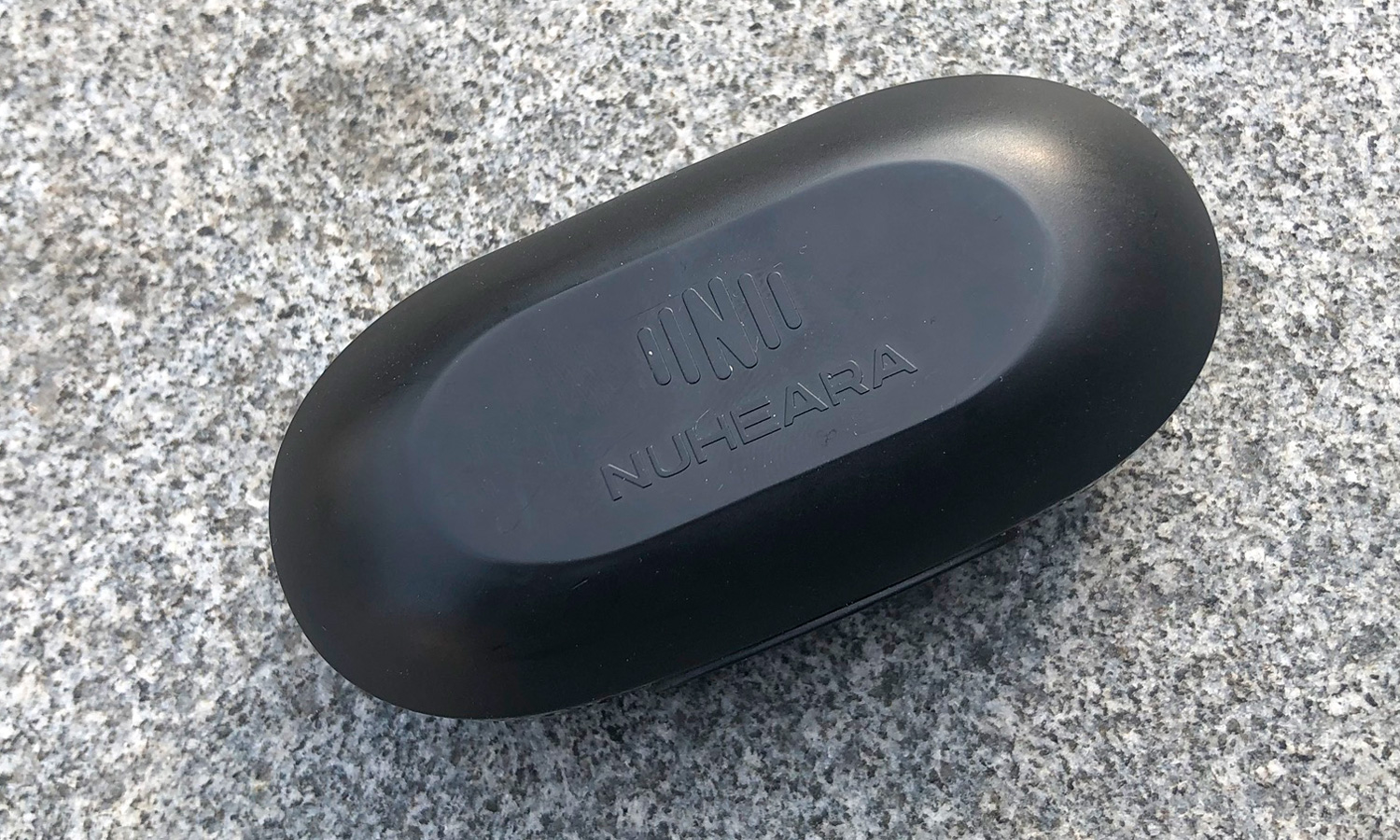
The IQbuds also offered a powerful punch on Kendrick Lamar's "Loyalty," though the bass was stronger than I expected. The Yevo 1s (set to Bass Booster) sounded more accurate there. Fortunately, that low-end audio didn't muffle the hi-hat drums and record scratches of the track, which also sounded clear on the Yevo 1 buds.
The IQbuds app (free, on Android and iOS) allows an incredibly detailed level of fine-tuning for the augmented audio tricks.
Kristofer Maddigan's jazzy "Sugarland Shimmy" sounded fantastic on the IQbuds, with sweet piano keys and vibrant horns, trumpets and drums. While the Yevo 1 buds allowed the pianos to plink delightfully, I had to disable those buds' bass setting for this song (and the rest of the Cuphead score it comes from), as these overemphasized the bass.
And while the Yevo 1s audio quality was just as good, the IQbuds earned more of my respect when I went for walks during cold, wintry days. On the IQbuds, audio mixed in with a natural balance, leaving me feeling more aware of my surroundings. The Yevo 1s, on the other hand overemphasized windier weather, nearly muffling my music, even when I turned down their audio-transparency setting.
Call Quality
When I tested the IQbuds in some phone calls, a colleague could hear me clearly when I was indoors, but audio quality dipped a little bit when I was outside. While I clearly heard the person on the other end of the line, they described my voice as distant and choppy.
MORE: 8 Cheap Noise-Canceling Headphones (Under $200), Ranked Best to Worst
Battery Life and Bluetooth
The IQbuds allowed me to enjoy my tunes and podcasts for a whole workweek before I needed to recharge. I wore them for about 2 to 3 hours a day, during my commute and lunch break, and when I needed to focus on work while colleagues got a little loud. This lifespan reflects the IQbuds rated battery life of 16 hours of Bluetooth streaming (or 32 hours of audio processing) with recharges from the case every now and then.
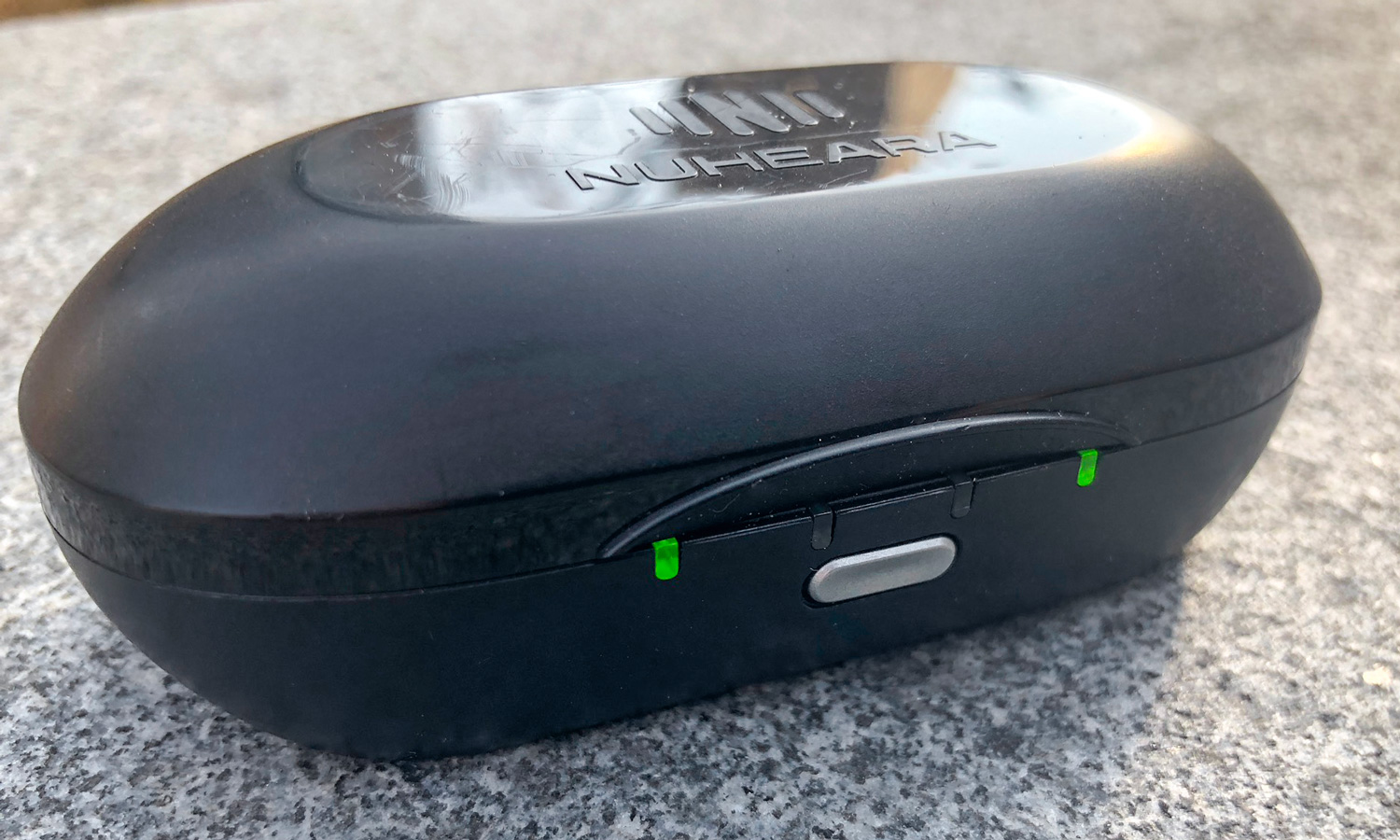
Audio quality improved when I kept my phone closer to my earbuds, as opposed to in my pocket, due to limitations commonly found in Bluetooth connections. A chart included in the IQbuds' user manual explains that the Bluetooth antenna is found in the left bud, so you get stabler connections when your phone is in a left-side pocket or held on that side.
Displaying another common issue for Bluetooth headphones, the earbuds briefly disconnected at rare moments. This wasn't as bad as my experience with the Yevo 1s, where one bud would lose sound for a few seconds. With the IQbuds, this disconnection happened mostly when I wasn't listening to anything but was instead using the buds to passively filter audio.
The IQbuds are designed for use without streaming Bluetooth, and they pause your music when you leave the connection range. I noticed this perk as I walked around the office, and the buds repeatedly re-paired with my phone when I came within their proximity again. The Yevo 1s would not do this.
Bottom Line
A combination of audio quality, battery life and neat audio-filtering tricks make the Nuheara IQbuds nearly everything I want from completely wireless headphones. It's a shame, though, that their $300 price will keep many people from even thinking about buying them, because the $169 AirPods also offer great audio quality.
The Yevo 1 headphones may look a lot sexier, but the unstable quality of their connection often made for a bumpy listening experience. If you're looking to test out the future of headphones, the IQbuds are a great first step in that direction.
Credit: Shaun Lucas/Tom's Guide

Henry was a managing editor at Tom’s Guide covering streaming media, laptops and all things Apple, reviewing devices and services for the past seven years. Prior to joining Tom's Guide, he reviewed software and hardware for TechRadar Pro, and interviewed artists for Patek Philippe International Magazine. He's also covered the wild world of professional wrestling for Cageside Seats, interviewing athletes and other industry veterans.
